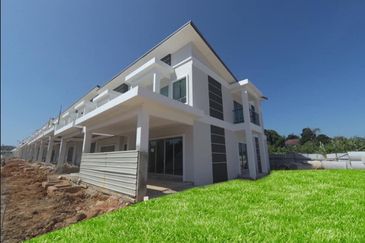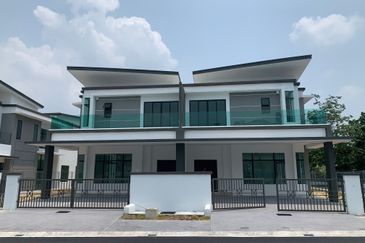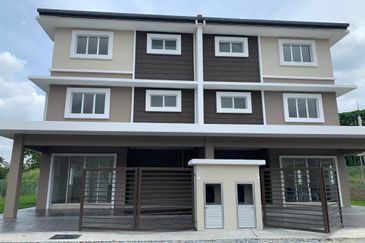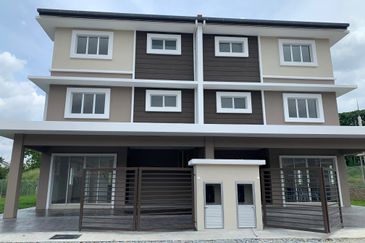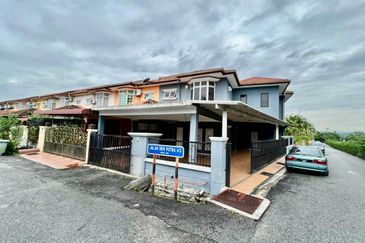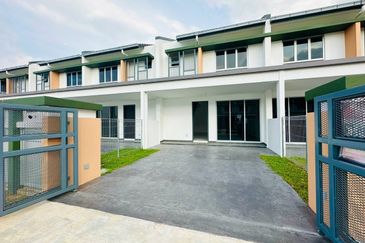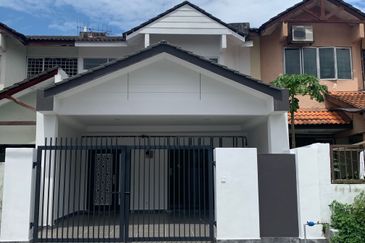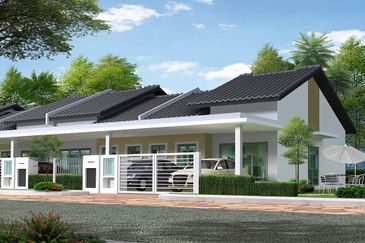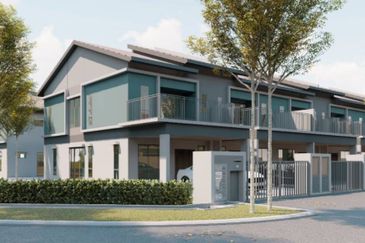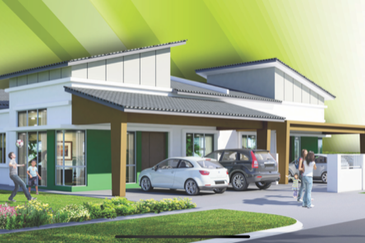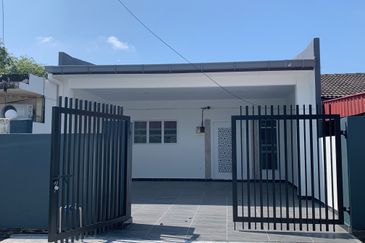LONDON: In a notable change since the 1960s, Capital Economics believes that industrial rental values could outperform the office sector, according to its UK Commercial Property Focus report dated Dec 14.
Since the early 1960s, real retail rental values have grown at an average rate of 0.7% faster than industrial and office sectors’ rental values. In fact, since the early 1970s, industrial rental values have never grown faster than retail.
Historically, ranking for rental value growth has been persistent with retail in the No 1 one slot, followed by offices, then industrial. However, Capital Economics suggests that relative to retail and offices, demand for industrial property may increase strongly over the next decade.
It is assumed that the pace of overall GDP growth over the next decade will be in line with this trend. However, the sectoral shape of that growth could be very different to what many have become accustomed to as manufacturing could increase its share of GDP to 16% from 13% by 2020, says Capital Economics.
Government spending will be stagnant or falling in real terms for a number of years, as whichever party that wins the next general elections will be under pressure to reduce public borrowing levels. However, consumer spending growth will likely return despite the weak housing market and high level of household debt.
Even so, the next decade might see consumer spending under performing, especially if the process of paying down debt is drawn-out and the fiscal squeeze results in weaker household income growth.
“It also looks unlikely to us that, in an environment where confidence is set to remain fragile and access to new finance limited, business investment will rescue the economy,” says Capital Economics.
The greatest hope for sustained economic growth over the next few years may be net exports and the drop in the pound will be beneficial to the manufacturing sector. Though, more of the fall in sterling might yet be reversed.
“All that said, we see no reason why the manufacturing sector can’t increase its share of
overall GDP over the next decade,” says the report.
Indeed, Capital Economics projects that the manufacturing sector could be a big winner over the next decade, seeing an increase in its share of GDP from 13% to 16%. Based on these projections, industrial rental values will surely do well over the next decade, in relative to the retail sector.
Capital Economics’ projections reveal mixed prospects for office rental values, with the share of business services output likely to rise from 24% of GDP to just shy of 30%. This is however, tempered by the possible contraction of financial services’ GDP to 5% from 8%, brought on by a tighter regulatory framework in the future. Put together, this means the share of the economy in financial and business services will be higher in 2020 at 34% than it is now at 32%.
However, the contraction of 18% of GDP to 12% in the relative size of the public sector (estimated in the past to comprise about 10% of office occupier demand across the UK) could also mean the key sectors driving office occupier demand could broadly stand still in relation to overall GDP or fall back a little.
Capital Economics cites Investment Property Databank (IPD) data as a starting point for assessing the prospect for supply factors. IPD data suggests that industrial rental values have the weakest base, with about 18% of potential income currently being lost through voids, well above the long-term average of 8% or so. Thus, the industrial sector has the largest overhang of space.
The report stated that it is not just the size of the property’s stock in each sector that is important but its composition too. Massive change in composition for industrial stock has been noted since the 1960s as all parts of industrial stock saw large floorspace efficiency gains through the shift to lighter manufacturing, containerised transport system etc.
Therefore, it can be argued that the industrial segment has met the needs of its users by changing its composition rather than growing steadily in size, meaning the supply of industrial property is far from fixed.
The stock of industrial property may not rise quickly as it does not need to, the report said. In addition, the planning system geared towards maintaining the vitality of town centres means retail permissions are likely to remain more difficult to obtain than office and industrial developments. All else being equal, this puts retail rental values in a position to outperform over the long term.
Based on sectoral weights given by the IPD indices, and the assumption that the middle-ranked, industrial sector sees rental value growth of overall projected average rate of approximately 2.5% y-o-y over the next decade, this suggest that retail rental values will grow by around 3% y-o-y (0.5% real) and offices by 2.25% y-o-y (-0.25% real).
“A growth differential of 0.5% between retail and industrial rental values would be much smaller than that seen in the past,” says Capital Economics.
With a history of under performing rental value growth since the 1960s for the industrial sector, the question of plausibility arises.
Assuming the projections of manufacturing output in the economy rising to 16% by 2020 and the GDP as whole sees a rise of an average rate of 2.5% per annum, then the manufacturing output growth would need to average 4.2%.
Historically since the 1970s, the manufacturing output has only once averaged 4% or more in the mid to late 1980s. Notably, this was following another depreciation in the exchange rate. The strongest rate of real industrial rental value growth on record was registered during that period of rapid manufacturing growth.
IPD, Thomson Datastream and Capital Economics’ manufacturing output and real industrial rental values, 1970 to 2008 data suggests that sustained growth in manufacturing of 4% per annum would comfortably deliver average real rental value growth of at least 3%.
The estimated 2.5% industrial rental value growth may seem conservative by comparison but Capital Economics believes it is consistent with its view that industrial supply is more responsive than the other two sectors.
TOP PICKS BY EDGEPROP
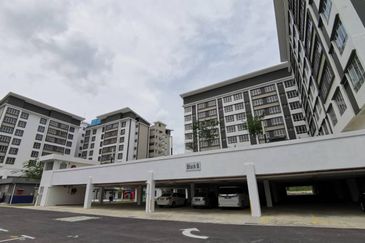
Vista Sri Tanjung Condominium
Semenyih, Selangor

